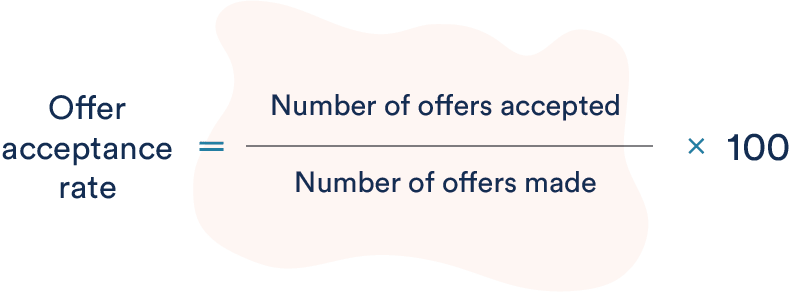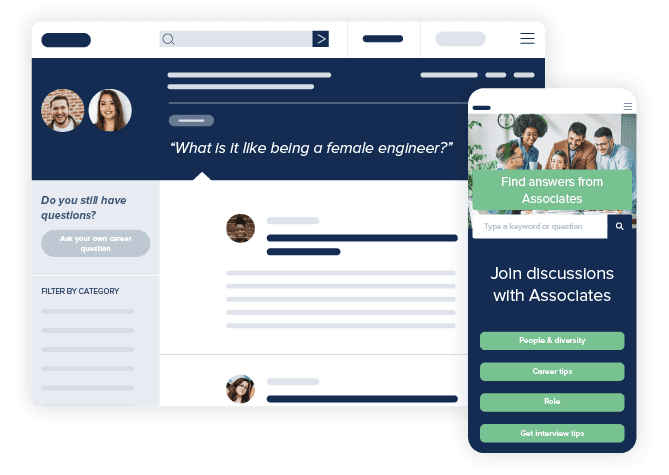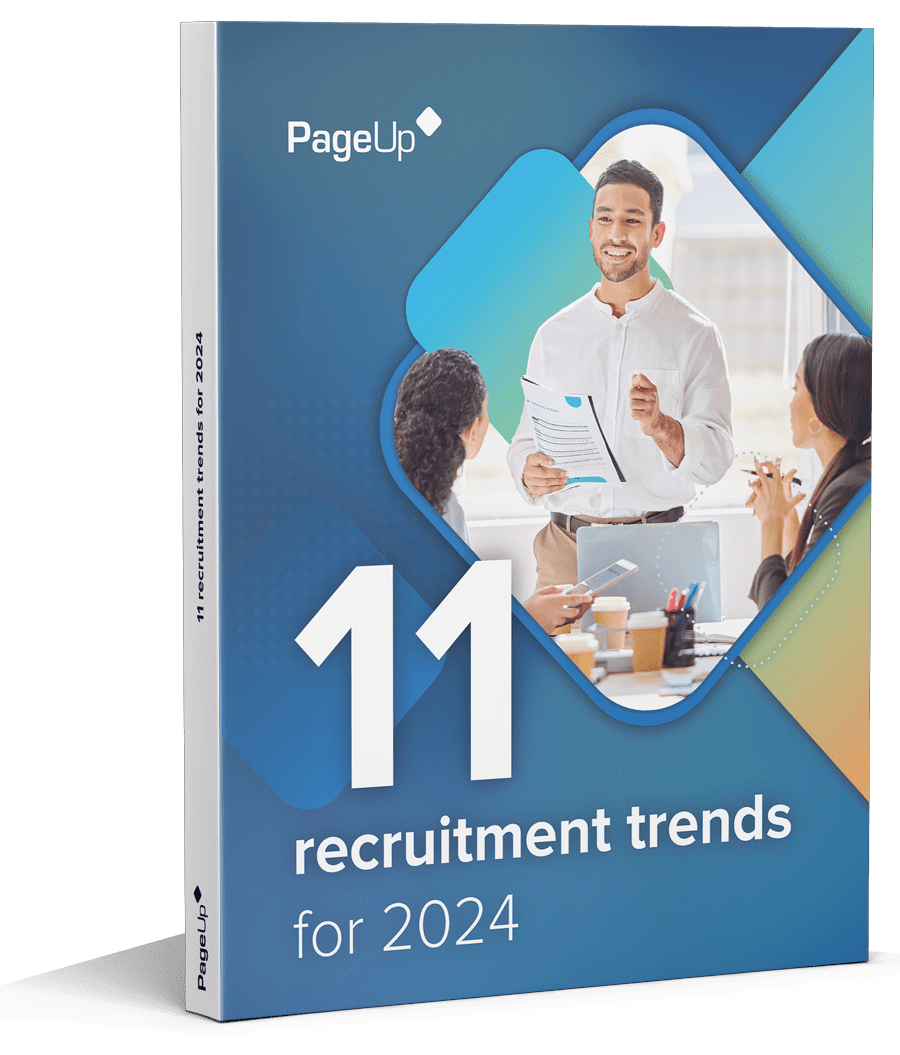We’re hearing it everywhere: businesses are struggling to find quality hires. What’s worse is when they do, they’re often being rejected —or ghosted —at the offer stage. It’s not surprising. PageUp research shows candidates are 66% more likely to decline an offer now, compared to pre-pandemic.our research shows that the number of people accepting offers in 2022 is continuing to fall.
To overcome this challenge, top recruiters in 2023 are tracking offer acceptance rate. Using this metric, you can evaluate the effectiveness of your recruitment process and how jobseekers view you in the market. Offer acceptance rate is expressed as a percentage.
It’s the number of offers accepted by candidates divided by the total number of offers made.
In a perfect world this number would be 100%, with every offer made accepted. But we all know that doesn’t happen, so what does good look like and what should we be aiming for?
The best organisationsorganizations average an offer acceptance rate of 99% year in, year out.

Why does it matter?
You might be asking yourself why you should care? If an applicant rejects your offer, or disappears at the final hurdle, were they really right for the job?
Sadly, it’s often fantastic candidates turning down job offers. With cost per hire in 2022 skyrocketing upwards of $23,000With cost per hire in 2022 skyrocketing upwards of $4,700, it’s crucial to track and measure your offer acceptance rate to identify areas for improvement. Tracking this metric can help you understand how candidates are experiencing your company —and examine what you can do better.
What does a good acceptance rate look like?
According to PageUp data, the average acceptance rate in Australia is 95% —meaning for every 100 offers given, 5 people are saying ‘no’. In industries such as finance and hospitality, this has dropped even further recently, with only 92% of candidates saying ‘yes’ to offers in 2022. The best organisations achieve offer acceptance rates of 99% —showing a sizable gap between the top performing organisations and industry benchmarks.
According to PageUp data, the average acceptance rate in the United States is 95% —meaning for every 100 offers given, 5 people are saying ‘no’. In industries like higher education, only 94% of candidates are saying ‘yes’ offers in 2022. The best organizations achieve offer acceptance rates of 99% —showing a sizable gap between the top performing organizations and industry benchmarks.
95%
The average offer acceptance rate across industries in 2022
Offer acceptance rate: Australia
Offer acceptance rate in Higher Education
How to improve your offer acceptance rate
1. Focus on candidate experience
A key factor in whether a candidate accepts an offer is their experience throughout the recruitment journey. A bad experience can have a huge impact, with 49% of jobseekers stating they would reject a job offer after a bad hiring experience.
Giving candidates a great experience can be as simple as asking the right questions in the interview. Get to know candidates on a personal level, and make an effort to understand their needs and goals for their career. This personalisationpersonalization can have a huge impact on the interaction —and the outcome of your job offer.
Read more: How to personalisepersonalize your candidate journey
2. Become an employer of choice by building your employer brand
Candidates are more likely to accept an offer if they feel aligned to your company. Creating a strong, tangible employer brand can be a great way to increase your offer acceptance rate. Take some time to review your careers site —is it engaging? Does it promote all the company perks and benefits? Can jobseekers clearly see your DE&I initiatives? Positioning your company as a place people want to work will only benefit your offer acceptance rate.
3. Provide an authentic view into your company
Jobseekers crave authenticity and transparency —and modern hiring practices need to reflect this. Consider ways to increase transparency in the recruitment process, such as: disclosing salary, benefits or flexible working arrangements upfront. Give candidates the opportunity to ask questions, and connect with current employees.
Tools like Employee Connections allow candidates to interact with current employees, ask questions and receive authentic responses from their peers. They can gain insight into things like company culture, a day-in-the-life stories, and the team dynamic.

PageUp’s Employee Connections tools connect careers site visitors directly with your employees via live Q&A, testimonials, discussions, videos and more.
4. Speed up your processes
It’s important not to waste time in the recruiting process. Candidates in 2023 are juggling multiple offers, and long, drawn-out hiring processes mean you risk losing your first choice, and your silver medalist, too.
UtiliseUtilize tools like Text Engage to speed up your time-to-hire, and to reach candidates where they are. Streamline your processes with automated communications, and keep your hiring journeys fast and efficient.
Final thoughts
Knowing what’s working and what’s not is critical to successful recruiting. Tracking your offer acceptance rate, along with other metrics, means you can fine-tune your recruitment activities and stay ahead of the competition. To find out what other metrics you need to focus on, check out our recruitment metrics report.
PageUp can provide one seamless solution for all your hiring needs. Book a demo with our team today to see how it all comes together.
Fresh insights for HR
Stay up to date with HR trends, tips and more when you sign up for our industry newsletter





